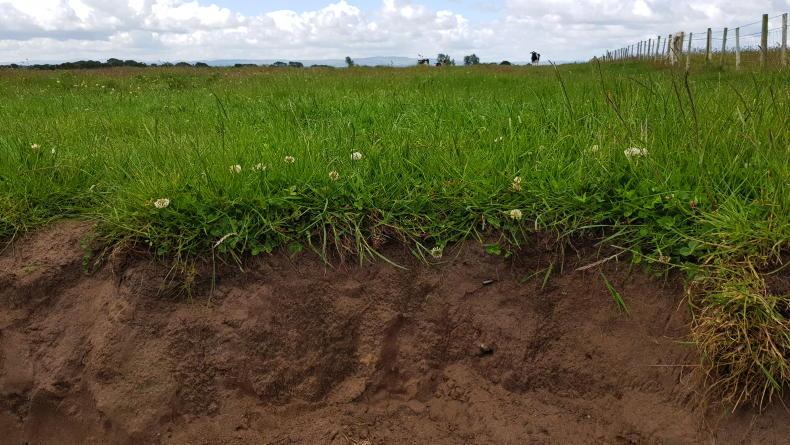Carbon prices in the EU have sky rocketed in recent weeks and months.
The daily price on the EU emissions trading system (ETS) was at €53.78/t on 10 June.
This week, that price dropped to €52.81/t on 14 June and by 16 June it had fallen to €51.81/t.
The price hit a high of €56.65/t on 14 May and, in general, has been on a steady upward trajectory since October 2020.
On 28 October 2020, the closing price was at €23.21/t. The peak price in 2020 was €30.77/t on 14 September 2020.
The price hit a low when the COVID-19 pandemic hit at €15.71/t on 18 March 2020.
To give an idea of where prices were before this time, the price range from June 2019 to January 2020 hit a high of €30.76/t and were generally around €25/t to €26/t.
The ETS gives a holder the right to emit 1t of carbon dioxide equivalents and basically means that someone who sequesters carbon can then sell these carbon credits to someone who emits carbon.
Can we trade carbon?
Carbon trading is a suggested action under Ag Climatise – the Department of Agriculture’s roadmap to climate neutrality by 2050.
However, a lot of work needs to be done before carbon can be traded.
We need an official system of measurement and data over a five-year period to show the build-up and differences in carbon storage in soil for example.
There are also limitations to carbon trading under the Kyoto Protocol.
In May, Stephen Robb explained some of these limitations.
In this week’s newspaper, we outlined the current carbon storage in some of the soils on Tullamore Farm. This will continue over the coming years.






 This is a subscriber-only article
This is a subscriber-only article










SHARING OPTIONS: